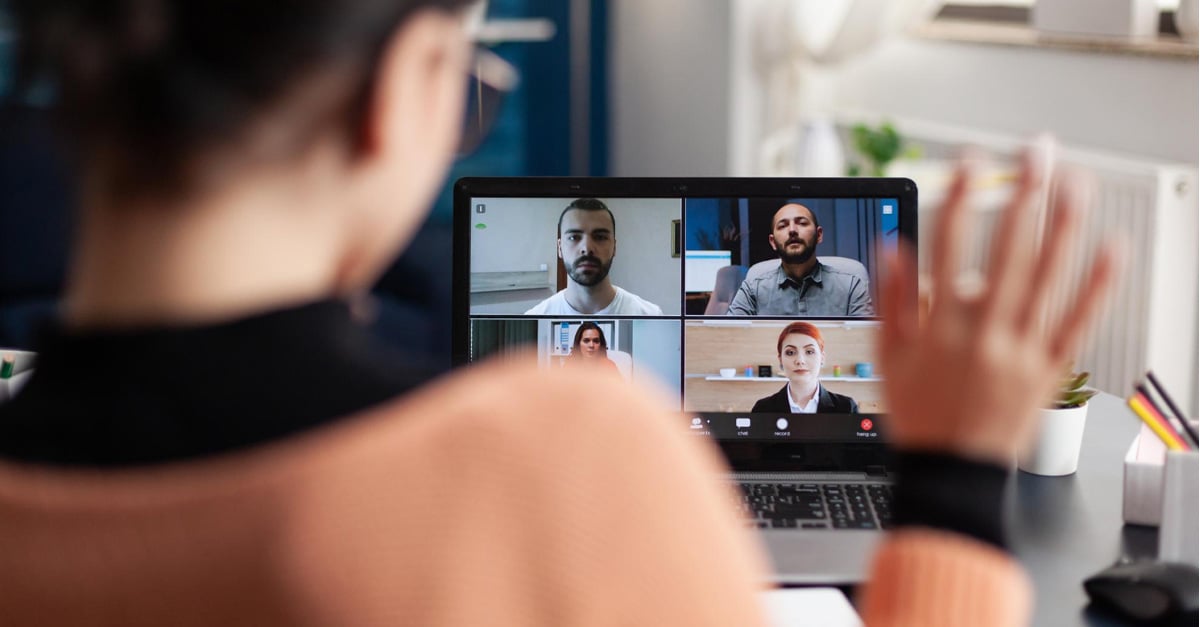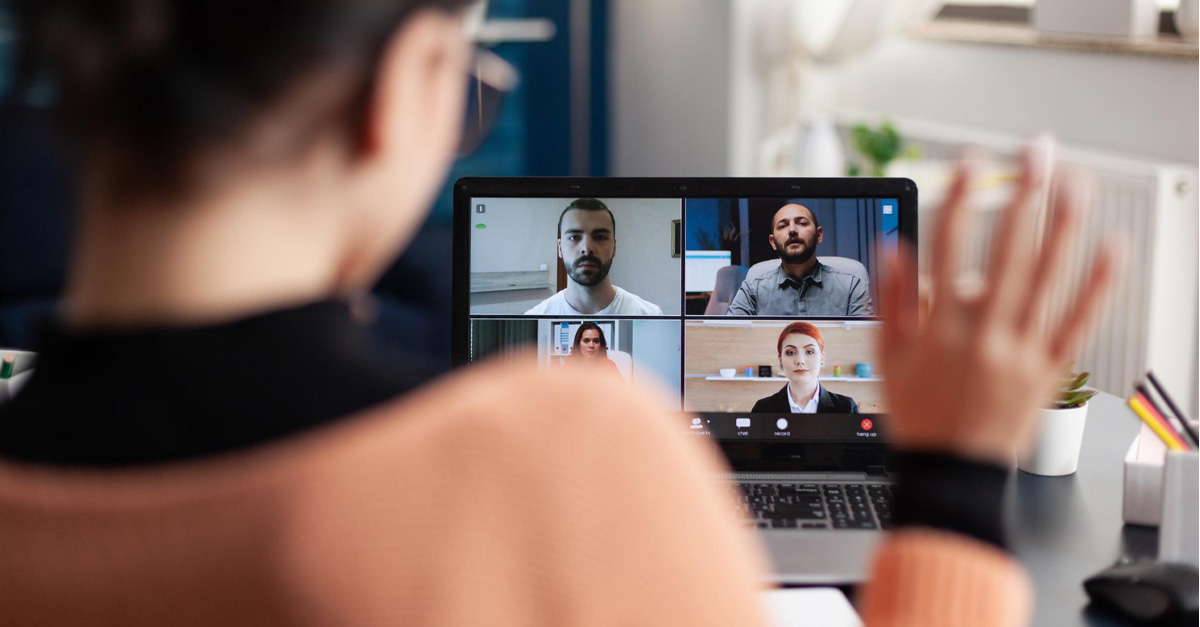How to cultivate corporate culture in a remote world
Successfully navigate the evolution of corporate culture and engagement

The ongoing move to remote and hybrid work has allowed everyone more freedom but created more challenges for enterprise leaders. One of the biggest concerns for forward-thinking organizations is how to tie broader corporate people and culture goals into everyone’s day-to-day work when employees are increasingly dispersed.
In this article, I present four ways enterprise leaders can engage, connect with, and accompany their people in the direction the wider organization is going.
In a recent Gallup survey, 41% of respondents highlighted culture and engagement as areas they would actively change to improve their work lives. In a conversation with an enterprise PMO leader, we instantly landed on the same issue:
“Our culture has totally changed in the new world of work. I still come into the office, but we don’t have the same ‘feeling’: We don’t have impromptu meetings or our happy hours, we have all these scheduled times to be ‘physically present,’ depending on the team. I don’t really have the same relationship with any of our new people across projects, and it’s harder to get a feel for how our big projects are going when we don’t know the people the same way.”
Work has changed, which means that how we think about work and our interpersonal interactions must change as well. Whether it’s in the office, hybrid, or fully remote, having a strong connection between employer and employees is critically important.
Establish organizational principles
Organizations define principles to summarize their values and how they want to be viewed by employees and customers. These principles help employees understand the goals that they should always strive to achieve. Principles tend to be organization-specific, but they usually focus on areas like transparency, stewardship, and continued education.
Once established, educate employees about these principles and how they apply to their roles. Work with your employees so they understand where they are meeting those principles and where they can strive for a higher standard.
Work within the organizational cultural and engagement roadmap
Staying in lockstep with your organization’s cultural and engagement roadmap is crucial in the world of hybrid work. Meeting regularly with your cultural leaders will help drive results and ensure that the organization is going in the right direction.
of hybrid work. Meeting regularly with your cultural leaders will help drive results and ensure that the organization is going in the right direction.
In these meetings, work to explore and understand some of the top goals related to culture and engagement. Ask the team for a list of top initiatives and priorities and then ask how your team can help. Keep a running list, and share it with your own direct reports.
Manage, but don't micromanage
When we aren’t in the office, it can be hard to see the everyday impact of the work that the organization has and the contributions of individual employees. As a manager, your initial reaction to the uncertainty of not seeing employees in person may be to check in more frequently or ask for status reports and updates more often.
However, while this is a natural inclination on some level, it will ultimately alienate your people and drive them away. Instead, work with them to come up with practical goals, and establish together how success is defined and measured. Set up team meetings and one-on-ones to give them the opportunity to proactively approach you should they have issues meeting the mutual goals of the team. Make yourself available if they are struggling, and make it clear that you are ready, willing, and able to support them when they need it.
Trust your employees first and foremost, and adjust your mindset as needed on an individual basis.
Stay connected
It’s easy to feel siloed off from the wider organization when engaging in remote or hybrid work. This can happen even when in the office these days, in part because others may not be present with you. It is up to managers to establish a bond at the individual, team, and wider organizational levels to ensure that everyone thinks and acts like a team.
can happen even when in the office these days, in part because others may not be present with you. It is up to managers to establish a bond at the individual, team, and wider organizational levels to ensure that everyone thinks and acts like a team.
The days of the office “walk and talk” or impromptu meetings by the coffee machine may be over, but our connections to each other don’t have to be. Managers should work to set up predictable, cadenced meetings with their teams that advance the team’s work while remaining casual enough for everyone to feel comfortable and get to know each other better.
Managers should also work to have in-person events when possible. It’s not always easy to do, but meeting in person still has a tangible benefit. It’s worth the effort to have everyone step away from their cameras to have an in-town happy hour, which helps build team comaraderie!
Conclusion
Work has changed, and it’s unlikely that we will ever go back to the way things were. While some people will miss certain aspects of the traditional office, change is natural, and this recent evolution has had many positive impacts on employee work/life balance.
Instead of trying to fight the inevitable, embrace the modern workplace and see its challenges as opportunities. Employees who can work in the way that suits them are happy and productive, and managers can enable them by helping them remain connected and aligned with the organization’s culture and values.
You may also like:
Change management for project managers: how to ensure better outcomes
Toward global agility: 5 best practices for managing distributed agile teams
How to use your PMO as a culture and engagement springboard



